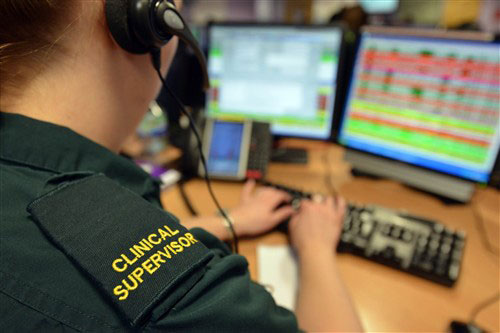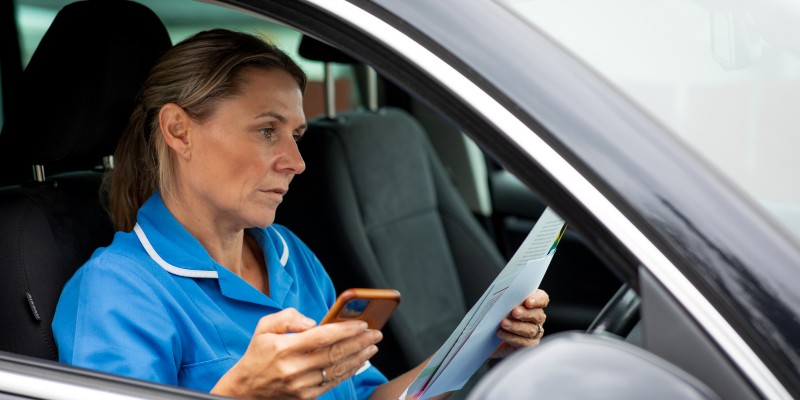South East Coast Ambulance Service NHS Foundation Trust, (SECAmb), is working with its partners to establish ways of improving the care received by lower category call patients.
 Recognising that many of these patients are often waiting too long for an ambulance response or being taken to hospital when they could be treated elsewhere, including by community healthcare providers, SECAmb is developing an approach that will see NHS Urgent Community Response (UCR) teams from across its region access its Computer Aided Dispatch (CAD) system.
Recognising that many of these patients are often waiting too long for an ambulance response or being taken to hospital when they could be treated elsewhere, including by community healthcare providers, SECAmb is developing an approach that will see NHS Urgent Community Response (UCR) teams from across its region access its Computer Aided Dispatch (CAD) system.
UCR teams provide urgent care to people in their homes which helps to avoid hospital admissions and enables people to live independently for longer. Through these teams, older people and adults with complex health needs who urgently need care, can get fast access to a range of health and social care professionals within two hours.
 Access to the system will follow a 12-week period of working with SECAmb, with daily ‘touch points’ to establish the types of calls which would be better assigned to community teams. The UCR team is then given access to a portal that allows them to review and directly attend appropriate calls and, in turn, ensure ambulance clinicians are freer to respond to calls which require an ambulance response.
Access to the system will follow a 12-week period of working with SECAmb, with daily ‘touch points’ to establish the types of calls which would be better assigned to community teams. The UCR team is then given access to a portal that allows them to review and directly attend appropriate calls and, in turn, ensure ambulance clinicians are freer to respond to calls which require an ambulance response.
The touch point calls also offer both providers and SECAmb with an opportunity to better understand the range of patients calling 999 that could potentially be managed by UCRs earlier in a patient’s journey.
Following this period, the teams will be able to review 999 calls awaiting a response and, where appropriate, respond directly to lower category 3 and category 4 calls instead of SECAmb clinicians.
While the work is at an early stage, referrals to the UCRs are increasing week on week. Daily touch point calls are now taking place with UCRs in Sussex and Medway and several teams within Surrey and Kent participating or scheduled to start in the coming weeks.
Currently, SECAmb’s ‘hear and treat rate’ – 999 calls which are handled with advice over the phone or referral to another service – stands at approximately 10 per cent. The service is looking to increase the rate to 14 per cent – the equivalent to around 30,000 calls a year, which would have otherwise received an ambulance response.
SECAmb Head of Clinical Operations for Integrated Care (999 and 111) Scott Thowney said: “This important work aims to improve patient care and provide a more appropriate service to some of our lower category call patients who may not necessarily require an ambulance response.
“By working more closely with community providers across our region, we will ensure that more patients can be receive timely treatment and our clinicians will be freer to respond to those patients who require an ambulance response.
“This additional partnership work will help SECAmb and the wider NHS ahead of the winter and ensure we are doing all that we can to provide the right care for our patients.”
Hollie Poole, West Sussex Area Director at Sussex Community NHS Foundation Trust said: “I’ve had positive feedback from our clinicians on the ground. They’ve told me that the Urgent Community Response model and the work that they are undertaking feels responsive, relevant and is making a real difference to our patients.
“This is a fantastic example of what can be achieved through collaborative working. As we continue to work closely together, I’m excited for the future of UCR in Sussex.”
